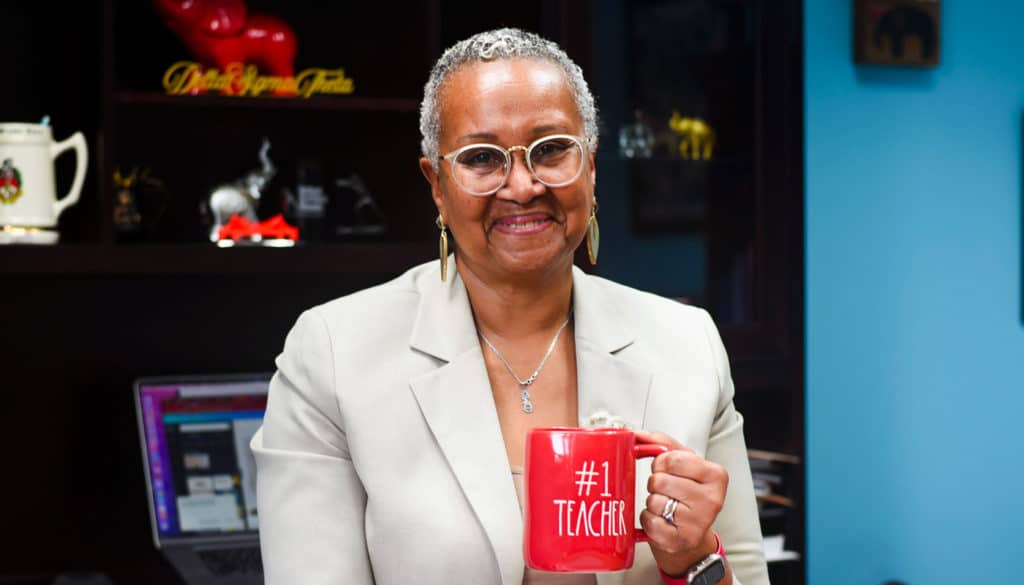
Each school year, nearly 115 sixth-graders enter our school community, all bringing unique backgrounds and learning experiences.
By the time they leave us three years later, bound for the next phase of their lives, we want to make sure that each of them has what they need to be successful in high school. We also want everyone to understand that success looks different for each student.
I’ve been a school leader at Howard University Middle School in Washington, D.C., since August 2015. This past year, more than ever before, we really placed an emphasis on meeting our children exactly where they were and providing the support they needed, when they needed it.
This type of individualized focus in education is referred to by a new buzzword every couple of years. In my view, each buzzword (differentiation, student-centered learning, etc.) focuses on a fundamental truth that it is necessary to tailor instruction to meet the needs of all students.
We don’t see a new student enter our doors and try to squish them into a proverbial box. Instead, however a student comes to us, we spend time and care to figure out how we can best educate them and provide learning at the pace that they need.
This has always been a challenge, and has become more difficult because of the COVID-19 pandemic. Students are coming to us from various backgrounds and there are some understandable learning gaps that must continually be addressed. This increases the importance of supporting our teachers so they can feel empowered to help figure out what each student needs—in school and in their lives.
In a recent Gradient Learning Poll of educators nationwide, 91-percent of teachers agree that when schools prioritize whole-child learning, students perform better in academic and non-academic areas. This is why I am a strong advocate for emphasizing a whole-child approach to education, and I am not alone.
The 2020-21 Speak Up Research Project found that two-thirds of parents with school-aged children are concerned about their child’s emotional well-being as a result of the disruptions caused by the pandemic. This is understandable, and is why our educators have stayed in close contact with all of the families in our community over the past two years so all of us can better understand how our students are doing.
As we reflect on this past year and look ahead to the 2022-23 school year, we should realize that we’ve been given a unique window to make impactful change. As bad as the pandemic and all of the school building closures were, it has provided an opportunity for us to powerfully reshape education. We have to make sure that what we’re doing overall is really what’s best for our children, because that’s who education is about.
Hopefully schools across the country will stop trying to get back to “normal.” Normal wasn’t good enough. We have to pay close attention to what teachers and students both need so that we can make education meaningful for all involved. It’s time to reevaluate what we are teaching and how we are incorporating the lived experiences of all children into our learning, rather than just a subset of students.
The pandemic shed a light on some of the inequities that exist and helped us better understand the needs of our students and their families. As we move forward, let’s really think about how each of us can contribute to reshaping what education looks like, feels like, and sounds like. We need to ensure that all students are included—not excluded—from these important conversations.
Let’s come together as an education community and help our students understand that success is not defined by a score on a test or a grade in a class. Learning is a process and the main objective for all should be ensuring that each student is engaged, supported, and challenged each day.
